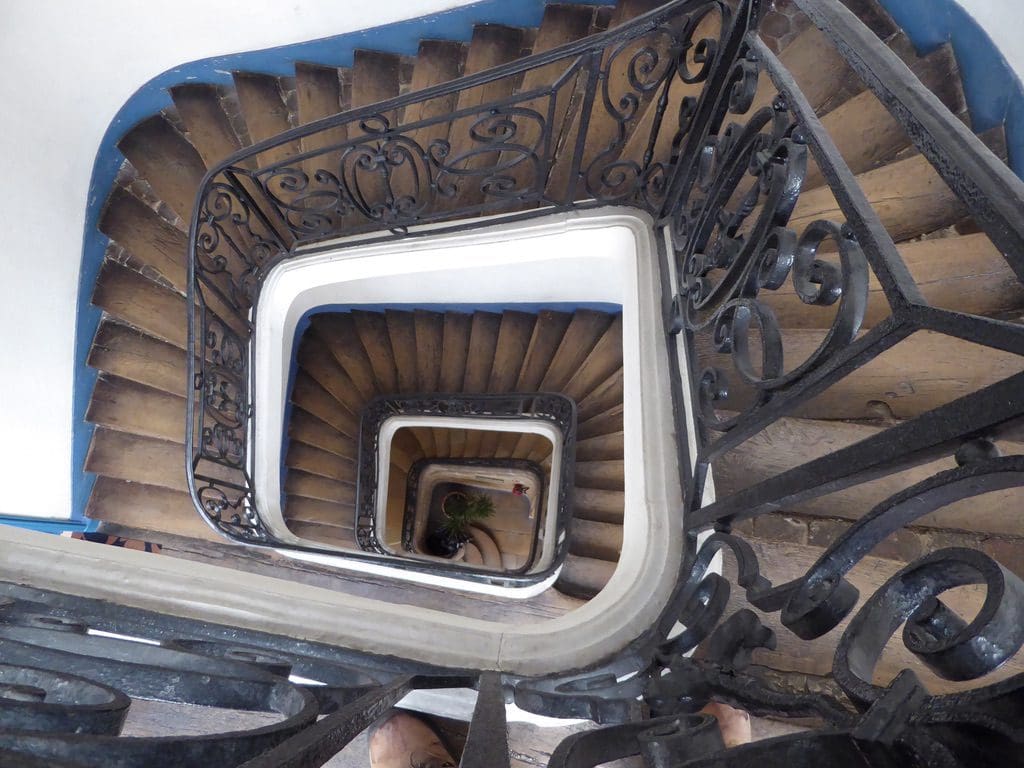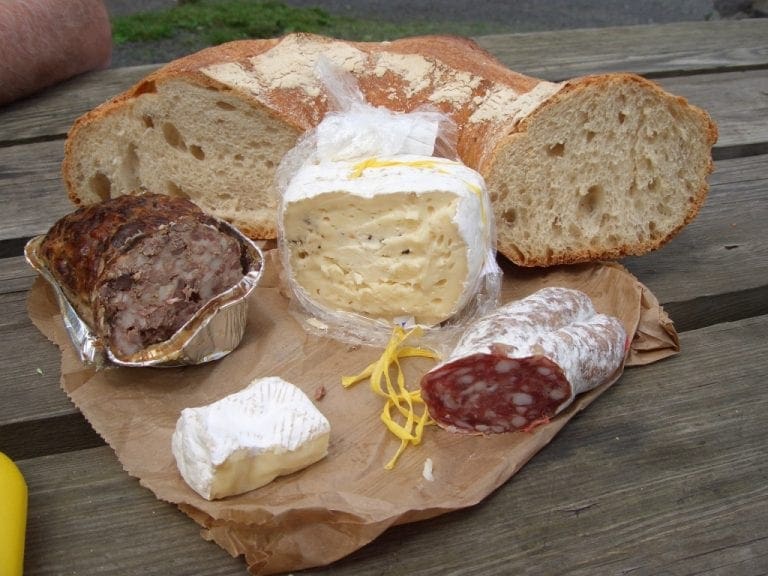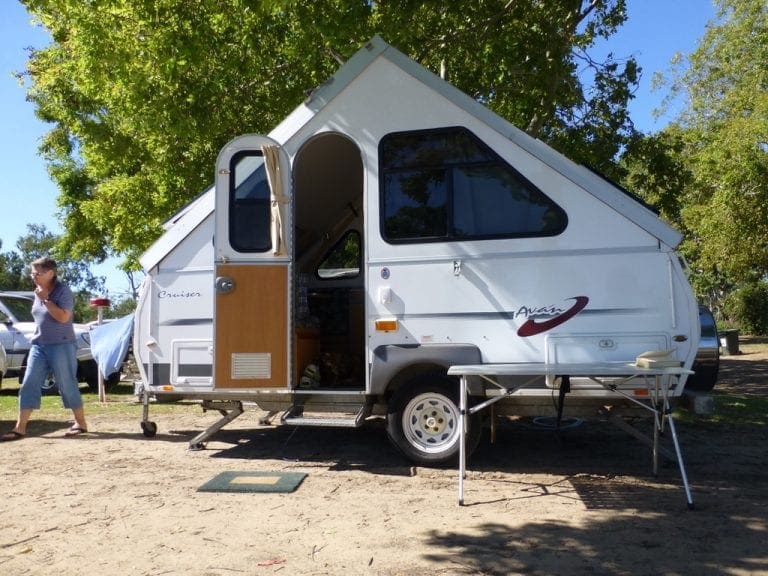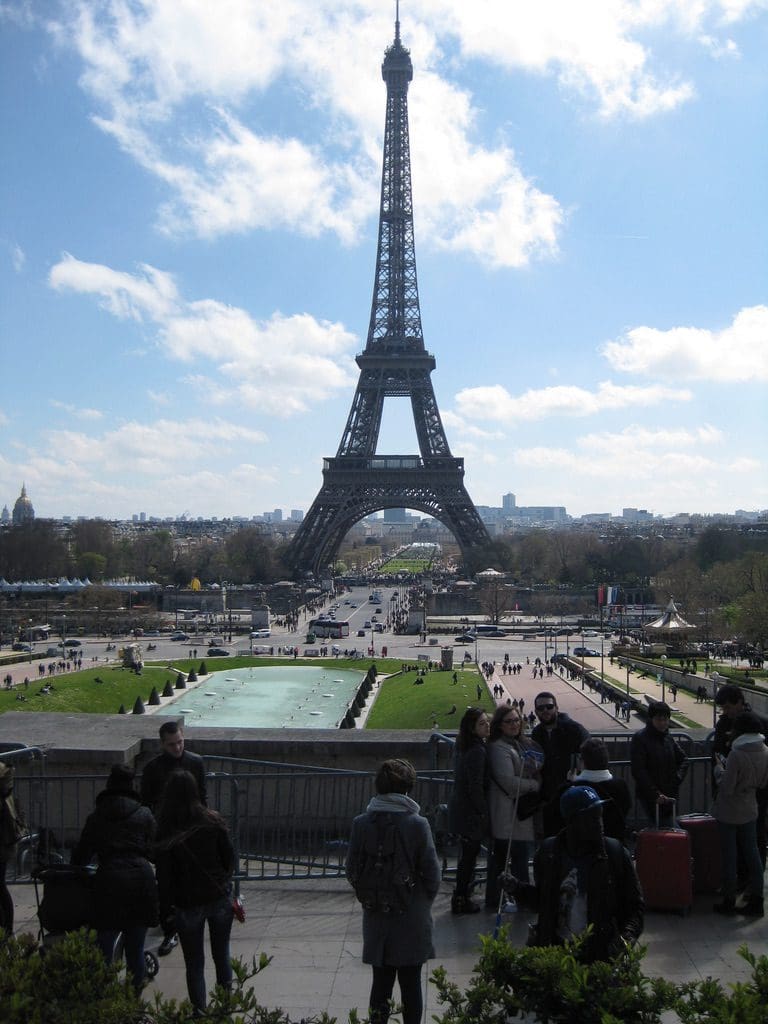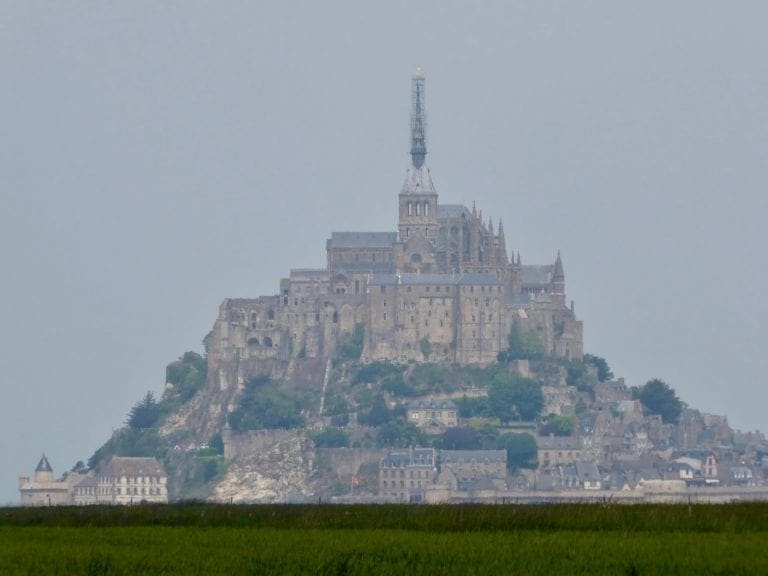France Road Trip – week 1 Paris
Well we got here. A very long travel time 38 hours is probably our longest yet. Probably we misjudged the flight from Wagga to Sydney and gave ourselves too long a wait in Sydney airport. (Wow is not Sydeny airport a pile of junk these days with old beaten up floors, walls and toilets. And is it not the noisiest place with constant calls to flights, and late passengers – usually to NZ.) The Sydney to Hong Kong flight was packed and we slept most of the way. The next flight was via Northern China, northern Russia, Finland, SE Sweden, Denmark, Germany to Paris – 15 hours almost along a Great Circle. I watch 6 movies. Arrived in Paris CDG to a very long wait to clear immigration which meant the bags were there – and wasn’t that a huge relief as we had checked them in at the tiny Wagga airport and we next saw them in Paris. Hurrah. A very long walk around the CDG terminal to find the train station. Helen quickly spotted that we could buy our Navigo train/bus passes right there and that should save us heaps of hassles. We caught the RER B train through to St Michel-Notre Dame and walked with our bags up along Rue St Jacque a few hundred metres to our first apartment.
Early to bed and we woke after a good night at 6 am. Down to a local bakery for a sit down breakfast – 200 metres away. Then, we spent the morning trying to get the SIM card for my phone to work – without success. A few metro trips and a bit of walking. Lunch was at the Bisto du Perigord which is 20 metres from our front door – extremely good. 14.50 Euro for Formula Entre and Plat du Jour. There is a good set of shops a couple of hundred metres to the east of us on Boulevard St
Germain at Metro station Maubert Mutualite – cheese shop, charcuterie, butcher, fish monger, wine shop – an open air market here every Tues, Thurs, Sat. Metro Cluny La Sorbonne might be our closest metro 100 m north. Sorbonne University is just over the road and it and various collages and schools occupy most of the neighbourhood to the south. A couple of blocks southeast is the Pantheon and southwest is Luxumbourg Gardens. We are fascinated with the old doors, buildings
and cobble stoned roads of the fifth district. I think it is my favourite district. I could come back here. Last night, I asked Emmanuelle how Paris was getting on after the bombings. She said that they are trying to ignore it and get back to normal as much as possible. Yes, they are nervous of loud noises but do not want nasty people to tell them to be different.
Saturday 9 April 2016 Day 2. Quite a lot of walking. Down to the market area first off to get our baguette and morning croissants. Then back again to prowl around the stalls. Bought more cheese, strawberries and a flower pot. Down to the Orange Store to buy a pre-paid SIM. I’ve given up on leFrenchMobile – extremely unhelpful. A sunny day so we decided to activate our six day Paris Museum Pass That we had bought yesterday and head up the Arc de Triomphe. Even with the Museum Pass we had a 30 minute wait to get through the new security check. (Without the Museum Pass it would have been at least 60 minutes more to buy a
ticket.) 200 stairs to the top that proved, yet again, that I’ve lost all my fitness. The view from the top is truely excellent looking down all the radiating boulevards. Though, probably the best sight is the traffic on the roundabout below that surround the Arc. It is one of the few where traffic on the roundabout gives way to traffic entering. We could look down on Champs Élysées where lights on a pedestrian crossing was issuing batches of cars onto the roundabout every few minutes. Quite something to see as the rotating cars stopped for the new cars and then wove their way to their exits. Back down all those stairs – ooo. And as it was getting lavish we stopped of at La Motte Piquette Grenelle where we had stayed last time and had lunch at Le Pierrot Bistrot for an excellent lunch and a grass of Sancerre wine – said to be the ‘type’ wine for Savignon Blanc.
| Slideshow for 9 April |
Sunday 10 April 2016 Day 3. A beautiful sunny Sunday in Pairs and Paris came out to meet it – by afternoon every sunny cafe seat had a Parisian soaking up sun – after a long winter. We walked. First, to the Luxembourg Garden which are just to our south. We oo-ed at banks of small daffodils, tulips, primulas, espaliered apple trees, hordes of joggers circling anti-clockwise. Then, down Athos’ street (Rue Ferou) to St Sulpice where a magnificent old organ was shaking the place up before Sunday Mass. Then, a quick look at Aramis’ street (Rue Servandoni) and Porthos’ street (Rue du Vieux Colombier). You can tell I am a Musketeers fan. Then down a few hundred metres to the Odeon Place (many sunning Parisians) in search of a recommended Patiserie (which was shut). But, we did find a magnificent alleyway that had Le Procopie (where Napoleon had to leave his hat when he could not pay his coffee bill), houses where Danton, Marat and the inventor of the guillotine lived. By now, we were almost home, so we had lunch at Chez Jaafar, a cous-cous restaurant 20 metres from our front door. This was an excellent meal. I had no idea cous-cous could taste like that. Then, we took the Metro to the Trocadero in the hope the break dancers would still be there. No. The area is now swamped by Eifel Tower visitors. We walked down the Trocadero, over the Seine, under the Eifel Tower and down to the Military School, ove! to Le Motte-Picquet Grenelle to catch the Metro back to Cluny. Then, came another highlight. Helen had found, on her way to and from the MonoPrix supermarket, a notice of a concert in the Cluny Museum’s Roman frigidarium today at 4pm. We went and it was great. Two performers using instruments from around 1100 – she sang, played harp & percussion; he played wind instruments – 4 recorders of different size and key, 3 bagpipes of different key, 2 oboes. In between items they described the evolution of the music and instruments. Excellent. A day of highlights. We are delighted – though my knees are stuffed. One thing that I think is worth a mention. Today was quite warm – temps in the high teens or low twenties. Everyone wore a coat! Except the joggers. I was the only one with bare arms – and I looked. Everyone was done up in coats and scarves.
Monday 11 April 2016 Day 4. We headed to the Louvre this morning to be there before 9am when it open. A good plan; the line was already getting long. The Museum Pass makes a big difference – by the time we got out 2 hours later the line for entry without tickets was huge. The Lovre is a staggering museum with many huge objects on display in an enormous, beautiful building. Nowhere near as many objects on display as there were in 1973 when we last visited. (Back then we had a real Ozymandias moment when we found the shattered visage beside a vast an trunkless legs of stone.) Highlights: Venus de Milo, Mona Lisa, winged bulls. Not many people. The wings of the Louvre that we visited are certainly about powerful men displaying their power to themselves and future generations. However, it can be seen as a display of how ephemeral power is. I’ll quote P. B. Shelley’s poem for you here just to remind you.
Tuesday 12 April 2016 Day 5. Today was about Picasso. But first we had to get there. Today was the first day that the Picasso Museum was to open after a rehanging and new display. It was to open at 11:30. We decided to 1. Catch a bus and 2. Go to the Place de Vosges first. 1 Turned out to be a disaster. I can see why few Parisians use buses. The stop that was described for bus 96 at St Michel does not exist. We got separated, got a fright and had a row. Not a good start. After making up, we went to the Place de Vosges. Why there, you may well ask? Before coming on this trip, we had read a extremely good book “How Paris became Paris” by Joan DeJean that describes two major buildings that changed and made Paris. The first was the Pont Neuf across the Seine via Norte Dame – the first bridge anywhere that had a separate place for pedestrians, and no shops. The second was Place Royal (later renamed Place Vosges) that was the first public square ever built. These two structures were built by Henry IV/Louis XIII in attempt to lift France out of the long religious wars. Louis XIII and then Louis XIV went on to work on making Paris a city that became the envy of the world and the model of most future cities. I think the next step was to demolish the city walls and turn turn them into Boullevards (Boullevards means wall or fortress; stange that now we think it means tree lined street – that came from Paris because that is what they did – pulled down the walls and made tree lined walking streets.)
Wednesday 13 April 2016. Day 6. Went to the Orangerie Museum which is my favourite of the museums. Two large oval rooms, each with 4 huge long paintings of lily ponds. The rooms were built for the paintings and the paintings made for the rooms by Monet (who was almost blind by then). The second room (with trees framing the lily pond) is my favourite. Paint is troweled on in combinations of – blues, orange, purple, green and brown – for the trees; blues, pinks and yellows – for the water; green & blue for the leaves. Downstairs is an excellent collection (by art dealer Paul Guillaume) of Renoir (whose ability to capture 3D & depth in still life and attention to detail is extraordinary – objects leap out from the frame); Paul Cezanne (who has absolute perfect geometry, form & perspective – whose works are more like perfect sketches to which paint & colour is added as a secondary importance to form & perspective). Towards the end of one gallery are paintings by Cezanne, Renoir, Sisley and Gauguin to show the difference in style. Another galley has the twisted villages of Chaim Soutine.
Thursday 14 April. Day 7. Three museums and lunch. Yes, we are finding very pleasant and interesting things todo between meals. First museum today was the top floor of the d’Orsay which I think has the best collection of impressionists. There seem to be a lot of Monets there today and no Renoirs. Among the many Monets, the two Lunches on the grass – pained just a few years apart show a considerable change of style – the first shocked yet the second has more style. We spent about 1 1/2 hours on this floor and were first here having climbed the back stairs. It is also a marvellous building – a huge old train station. Down on the ground floor, the Ophelia was missing too. Then, a long walk over to the Rodin Museum. (Rodin made a huge impression on me when I read a novel about him when I was a teenager. I usually try to see his museum when I am in Paris.) This bloke knew a lot about the human figure. Heads, hands, feet and torsos. He lived in the house that is now the museum in its large park.
Friday 15 April. Day 8. Because the Museum Pass is finished, we had to find other things to fill in time before lunch. Chose to go to La Grande Epicerie in the 6th – a shop devoted to good food – next door to La Bon Marche – another celebration of shopping. (As well as public spaces, squares and bridges, the Parisians claim to have invented shopping, property development and financial wheeling.) At La Grande Epicerie, the ground floor has fresh fruit and veg from around the world at its centre with shops around the sides – bakery, butcher, fish, charcuterie, cheese, wine – all very high quality. Table and cooking wear and furniture on upper floors.
